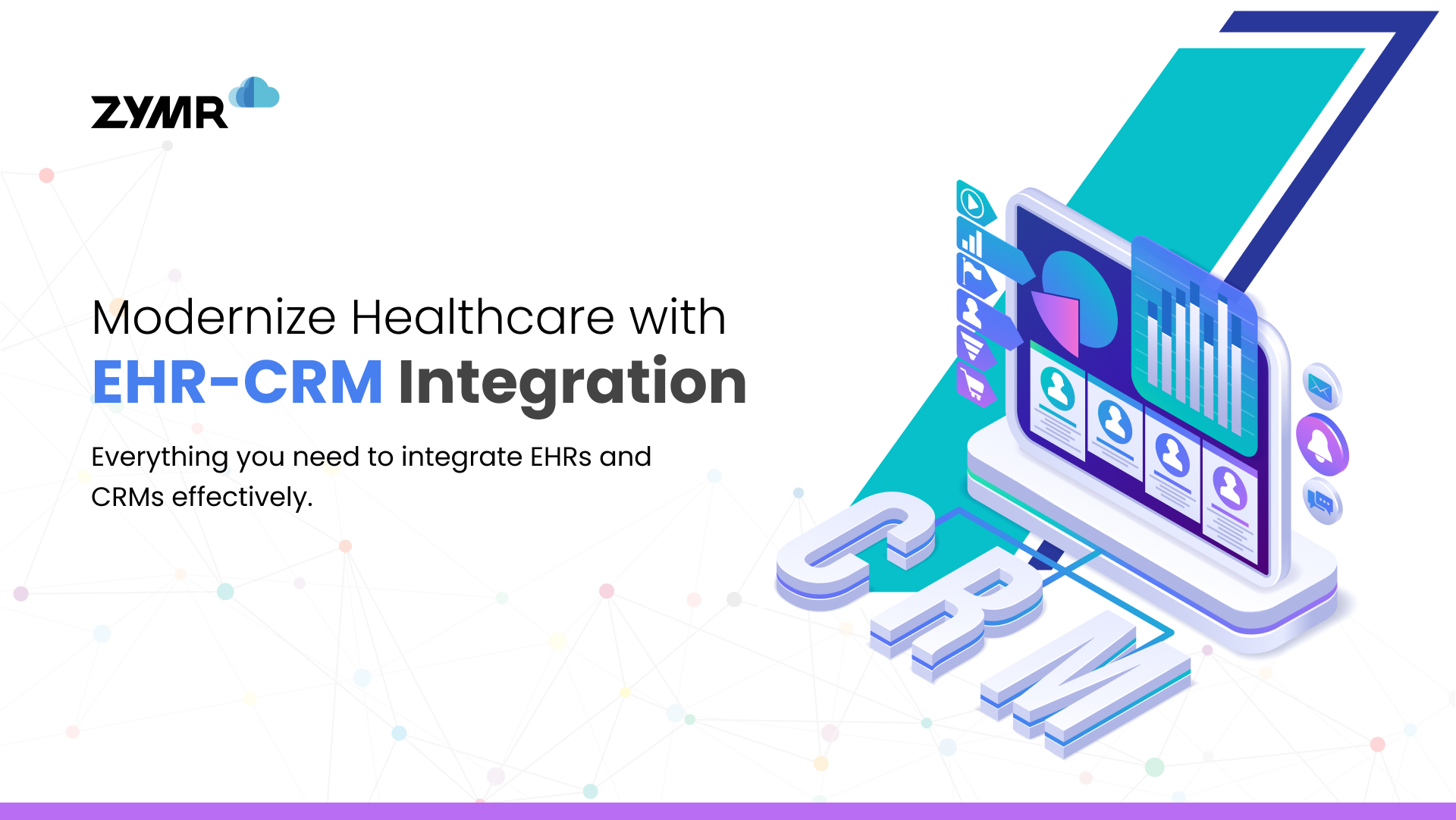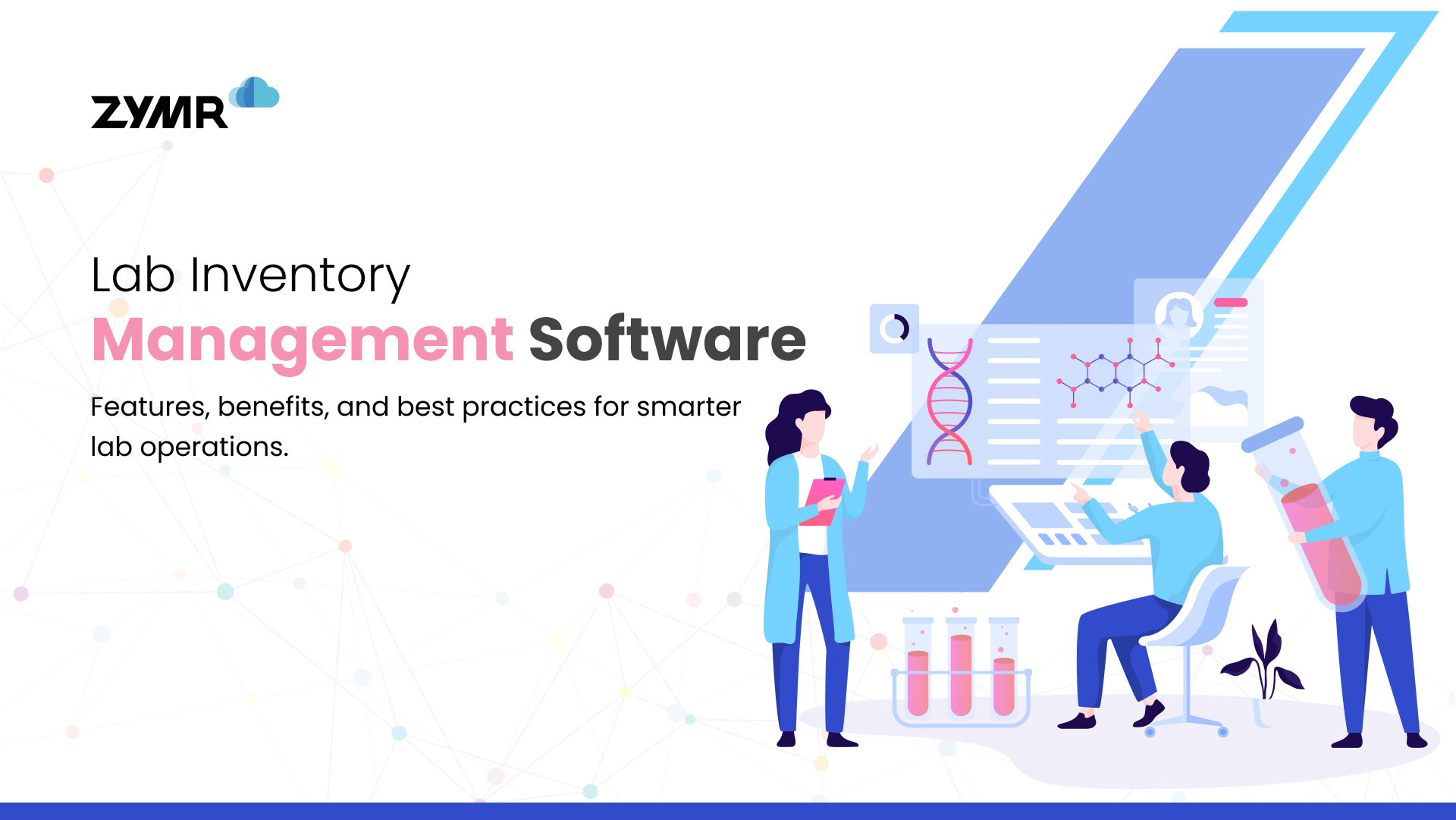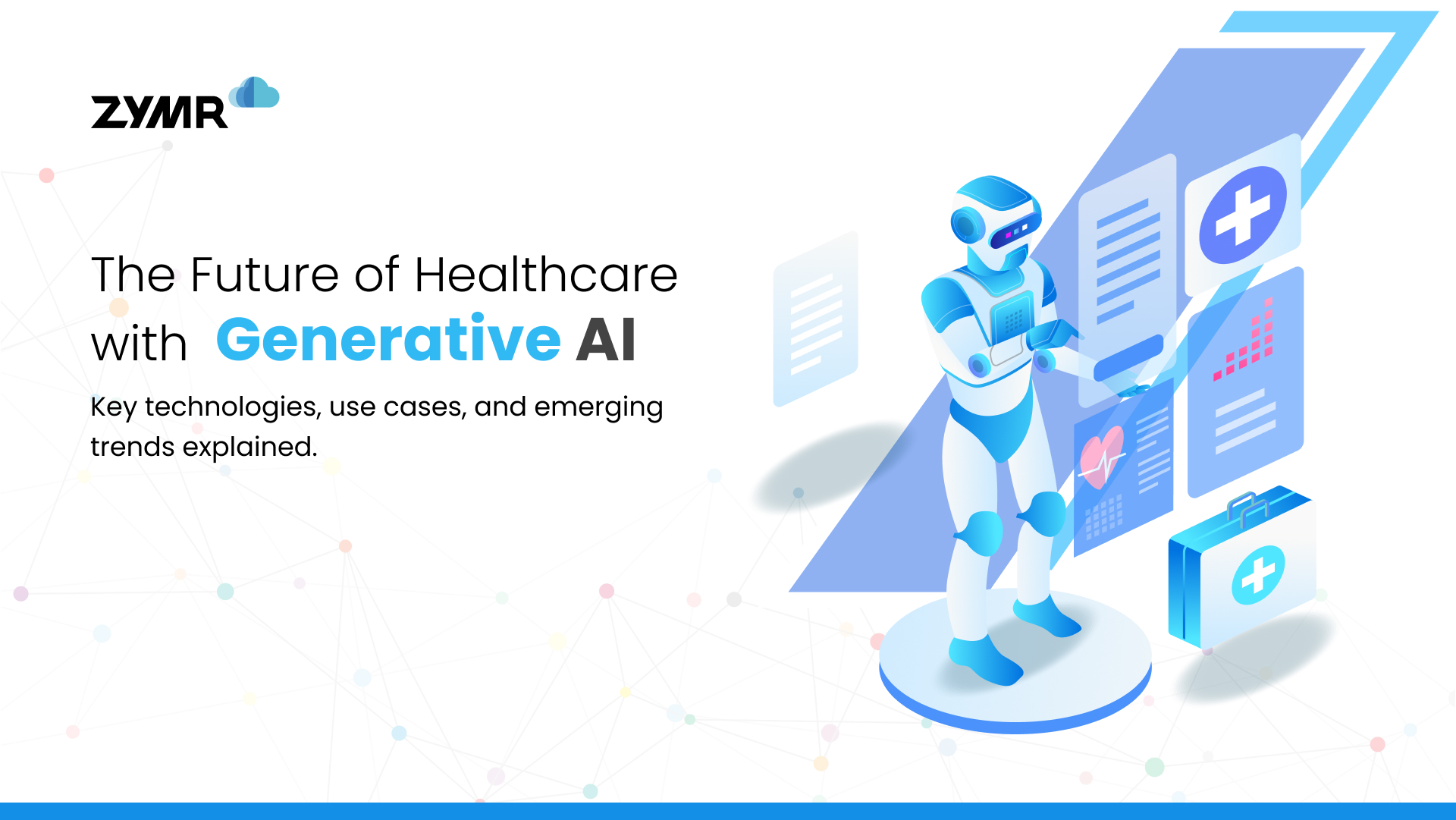The increasing demand for high-quality software and the rising complexity of applications has made test automation a critical aspect of the software development lifecycle. The remarkable achievements of artificial intelligence (AI) and machine learning (ML) have certainly contributed to advancements in test automation. Therefore, in 2023, the major trends in this field will be governed by the increasing acceptance among organizations for AI and ML-based automation capabilities. This blog will explore all that will dominate the test automation market in 2023.
AI-Driven Software Testing
The first important trend comes with AI-driven testing and its acceptance among enterprises in 2023. By leveraging AI and ML, organizations can automate repetitive testing tasks, identify potential defects before they become critical, and reduce the overall testing time. Additionally, AI-driven testing can help in test maintenance, making it easier for organizations to keep up with the evolving testing requirements.
The Digital Twin Model
The digital twin model has been around for a while, and it's gaining traction in the testing domain. Virtual replicas of physical products and/or systems can be used to simulate various testing scenarios. By leveraging digital twins in testing, organizations can reduce the reliance on physical testing, and they can also save costs and reduce testing time. 2023 will bring important developments for digital twins and test automation when more organizations adopt this collaborative model for their SDLC.
Next Level Shift Left
Shift left testing has been around for some time, and organizations have widely adopted it. Expect more organizations to take "Shift left" testing to the next level in 2023 by shifting testing further left in the development process. By doing so, organizations can identify defects early in the development cycle, reducing the overall testing time and costs. Organizations can also improve the overall software quality by catching defects early.
Web 3.0 for Digital Mobile Testing
The Internet has its own Gen-Z, and it's Web 3.0! The new generation is expected to be more decentralized and user-centric. As more applications move to the Web 3.0 paradigm, organizations must adopt new testing strategies to ensure their applications are compatible with the new web standards. Mobile testing will also become more critical as more users access web 3.0 applications through their mobile devices. Organizations will undoubtedly invest this year in digital mobile testing to ensure their applications are web 3.0-ready.
Intelligent Automation For Critical Challenges
Intelligent automation combines AI, ML, and automation, and it's expected to revolutionize how organizations operate. Intelligent automation will be on the to-do list for imany organizationslling to overcome their most critical challenges. For example, in the healthcare industry, intelligent automation can be used to automate patient care, reduce administrative burdens, and improve patient outcomes. In the financial industry, intelligent automation can be used to improve fraud detection, compliance, and risk management.
Digital Experience Testing
In today's digital age, customer experience is critical for business success. Digital experience testing ensures that the end-to-end customer experience is seamless and free of defects. For 2023, organizations are expected to invest in digital experience testing to enhance their overall customer experience. By doing so, organizations can improve customer satisfaction, reduce customer churn, and increase revenue.
Analytics For Real-Time Testing
Testing produces a lot of data, and recent years have shown how using this data to gain insights can improve critical business processes. Therefore, a continued emphasis on analytics capabilities in test automation is inevitable for 2023. These analytics capabilities will help teams make sense of the vast amounts of testing data they generate, allowing them to quickly identify patterns, trends, and potential issues. Real-time analytics will also enable teams to respond to issues more quickly, reducing the time it takes to identify and fix defects.
Automation Testing With Selenium 4
The open-source testing framework is in it new avatar for automating web applications. It has been the go-to tool for test automation for many years now, and its latest version, Selenium 4, is expected to take the automation testing world by storm in 2023. Selenium 4 comes with many new features and improvements, including better integration with other testing tools, enhanced support for mobile testing, and improved performance. It also provides support for new web technologies, such as WebAssembly, and has updated APIs for more flexibility and ease of use.
QAOps At A Broader Scale
QAOps is a methodology that emphasizes collaboration between the quality assurance (QA) team and operations team (Ops) to accelerate the delivery of high-quality software. In recent years, the adoption of QAOps has seen substantial growth, and 2023 is no different in that regard. This growth is because QAOps provides a way for development teams to integrate testing into their overall software development processes rather than treating it as a separate activity. This approach helps to identify issues earlier in the development cycle, reducing the time and cost of fixing defects later on.
Conclusion
As we can see, QA automation services is evolving rapidly and constantly, and organizations that fail to keep up will fall behind. From AI-driven software testing to self-healing automation, the future of test automation is exciting, and 2023 is only there to push the envelope further. By adopting these trends, organizations can not only improve their testing efficiency but also enhance their overall software quality and customer satisfaction. The future of test automation is bright, and it's up to businesses to embrace it and stay ahead of the curve.
FAQs
>
>
>
>
>
Have a specific concern bothering you?
Try our complimentary 2-week POV engagement
Our Latest Blogs

December 30, 2025
The Ultimate Guide to EHR-CRM Integration: Benefits, Use Cases & Best Practices


December 29, 2025






.svg)
.svg)
.svg)
.svg)
.svg)
.svg)
